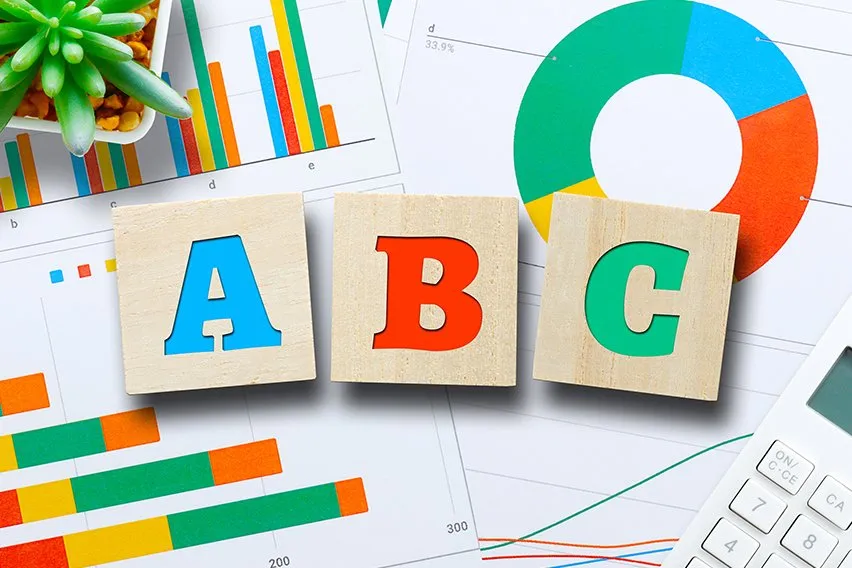What Are Capital Receipts?

Cash receipts refer to cash flows but not as you might think of them. Learn all about them in this guide.
There are two types of business receipts that you need to be aware of as a business owner.
Cash receipts and revenue receipts. Business receipts in general refer to the inflow of cash and cash equivalents. In this guide, we’re focussing on cash receipts.
What are they? How do they differ from revenue receipts? All will be revealed.
Here’s What We’ll Cover:
Capital Receipts vs Revenue Receipts
What Are Capital Receipts?
Capital receipts are cash flows resulting from the sale of fixed assets, debts and shares. There aren’t related to the normal daily activities of the business. They happen once in a while. The business benefits from them over a long period of time. For this reason, you record capital receipts on your balance sheet – not your income statement.

Examples of Capital Receipts
- The cash or cash equivalents from the sale of fixed assets. These could be tangible like company property. They could also be intangible like IP rights.
- The cash from an insurance claim,
- Receiving a cash loan from a bank.
- Receiving cash investment from a new business partner.
- Receiving cash from selling shares. These could be common stock or preferred stock.
- The cash from incoming loan or bond payments.
These break down into three main categories that you need to record differently on your balance sheet:
- Sale of fixed assetsYou record this as a debit to the cash (asset) account and a credit to the fixed asset account.
- Sale of shares in the businessYou would record this as a debit to the cash (asset) account and credit to the equity account.
- Issuance of debtYou would record this on the balance sheet as a debit to the cash account and credit to the liability account.
As you can see, most of these are one-off occurrences. Because they’re occasional, you can’t record them on a normal income statement when you do your business accounting. That said, shares are the exception here. Some shares are sold on a subscription basis. You would still record them on your balance sheet as opposed to the main income statement.
Capital Receipts vs Revenue Receipts
Revenue receipts come from routine incoming cash flow. They result from day-to-day business activities, which is how they differ from cash receipts. You receive revenue receipts from typically income earning services that your business provides. That could be selling stock-in-trade or selling services of some kind.
You record revenue receipts on your income statements.
To summarise the difference between the two more simply:
Revenue receipts come from the cash flow of normal business activities. Capital receipts result from occasional incoming cash flow from non-daily business activities.

Examples of Revenue Receipts
- The cash you receive from selling goods to customers
- The cash you receive from selling services to customers
- The cash discounts you receive from vendors
- The rental income you receive from leasing property as a business
- Dividend income the business receives from shares it owns in other companies
- The interest you receive on a savings account
- Bad debts you recover from any lending activities
- Commission your business receives from referrals to other companies
Key Takeaways
Capital income is a different type of income from revenue. Therefore you record it differently on your financial records to keep track of them. Both revenue and capital receipts are important to declare to ensure an accurate tax return to HMRC. Our software can help you achieve that with intuitive financial reporting at just the click of a button!
For more business finance guides like this one, head to our resource hub.
RELATED ARTICLES

 What Is the Expectation Gap in Auditing?
What Is the Expectation Gap in Auditing? How to Calculate Discount Percentage?
How to Calculate Discount Percentage? What Is ABC Analysis & Its Importance in Inventory Management
What Is ABC Analysis & Its Importance in Inventory Management What Is EPOS System & How Do They Work?
What Is EPOS System & How Do They Work? What Is a Remittance Advice Slip for Payments & How Does It Work?
What Is a Remittance Advice Slip for Payments & How Does It Work? Dividend Policy: Definition, Types & Examples
Dividend Policy: Definition, Types & Examples